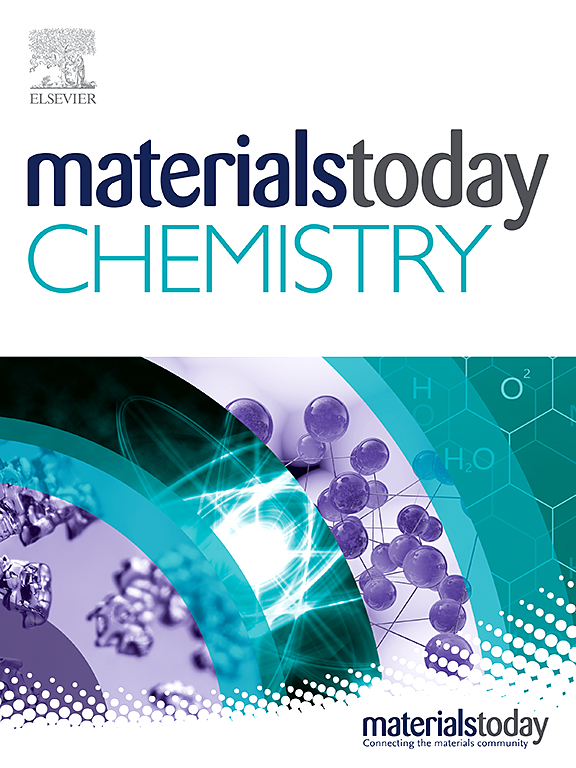The potential of collagen-based materials for wound management
IF 6.7
2区 化学
Q1 CHEMISTRY, MULTIDISCIPLINARY
引用次数: 0
Abstract
This review provides an overview of research on wound dressings, highlighting the potential of collagen-based materials for future wound management. Collagen, known for its biodegradability and biocompatibility, holds promise for wound healing. However, challenges such as poor mechanical properties, stability, and the lack of antibacterial properties when using collagen alone have led to the development of various solutions. The review discusses different types of collagen-based dressings, their preparation methods, and how their internal structure influences their ability to accelerate the healing of different wound types. Additionally, the article emphasizes the significant potential for the application of collagen dressings in future skin tissue engineering and in vivo tissue engineering. Specifically, three-dimensional scaffolds prepared from nanofibers through electrospinning show promise for more efficient collagen-based wound dressings, as these nanofibers have a similar extracellular matrix structure and high specific surface area, which can stimulate tissue hemostasis and promote cell adhesion, proliferation, and differentiation. However, challenges such as high production costs and poor stability in the commercial production of nanofibers need to be addressed. Overall, collagen dressings hold great promise for future applications and can play a significant role in skin tissue engineering and even in vivo tissue engineering.胶原蛋白材料在伤口管理方面的潜力
本综述概述了有关伤口敷料的研究,强调了基于胶原蛋白的材料在未来伤口管理中的潜力。胶原蛋白以其生物可降解性和生物相容性而著称,有望促进伤口愈合。然而,单独使用胶原蛋白会面临机械性能差、稳定性差以及缺乏抗菌性能等挑战,因此人们开发了各种解决方案。这篇综述讨论了不同类型的胶原蛋白敷料、它们的制备方法,以及它们的内部结构如何影响它们加速不同类型伤口愈合的能力。此外,文章还强调了胶原蛋白敷料在未来皮肤组织工程和体内组织工程中的巨大应用潜力。具体来说,通过电纺丝技术用纳米纤维制备的三维支架有望成为更有效的胶原蛋白伤口敷料,因为这些纳米纤维具有相似的细胞外基质结构和高比表面积,可以刺激组织止血,促进细胞粘附、增殖和分化。然而,在纳米纤维的商业化生产中,还需要解决生产成本高、稳定性差等难题。总之,胶原蛋白敷料的未来应用前景广阔,可在皮肤组织工程甚至体内组织工程中发挥重要作用。
本文章由计算机程序翻译,如有差异,请以英文原文为准。
求助全文
约1分钟内获得全文
求助全文
来源期刊

Materials Today Chemistry
Multiple-
CiteScore
8.90
自引率
6.80%
发文量
596
审稿时长
33 days
期刊介绍:
Materials Today Chemistry is a multi-disciplinary journal dedicated to all facets of materials chemistry.
This field represents one of the fastest-growing areas of science, involving the application of chemistry-based techniques to the study of materials. It encompasses materials synthesis and behavior, as well as the intricate relationships between material structure and properties at the atomic and molecular scale. Materials Today Chemistry serves as a high-impact platform for discussing research that propels the field forward through groundbreaking discoveries and innovative techniques.
 求助内容:
求助内容: 应助结果提醒方式:
应助结果提醒方式:


